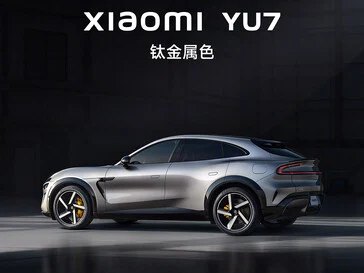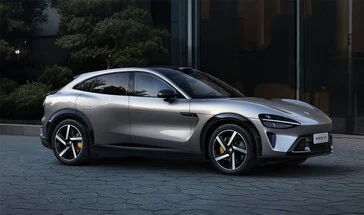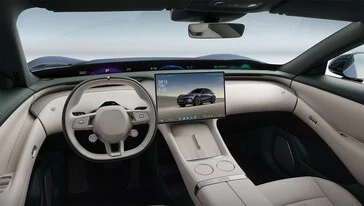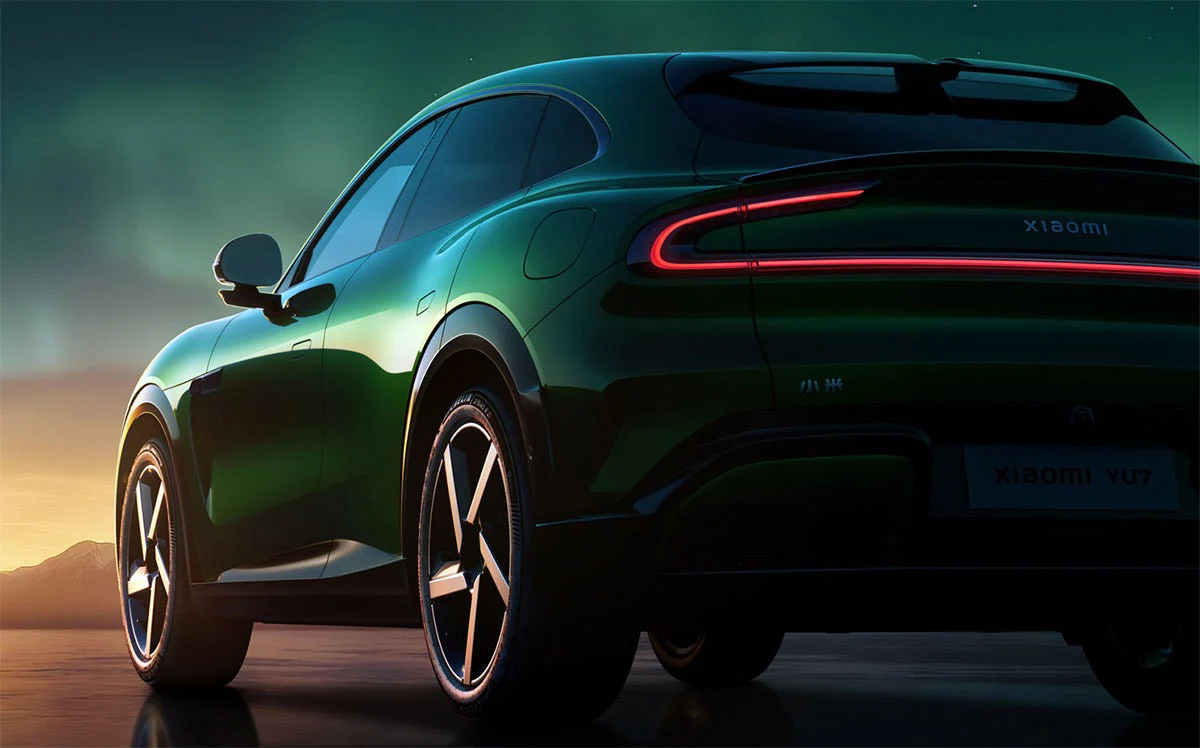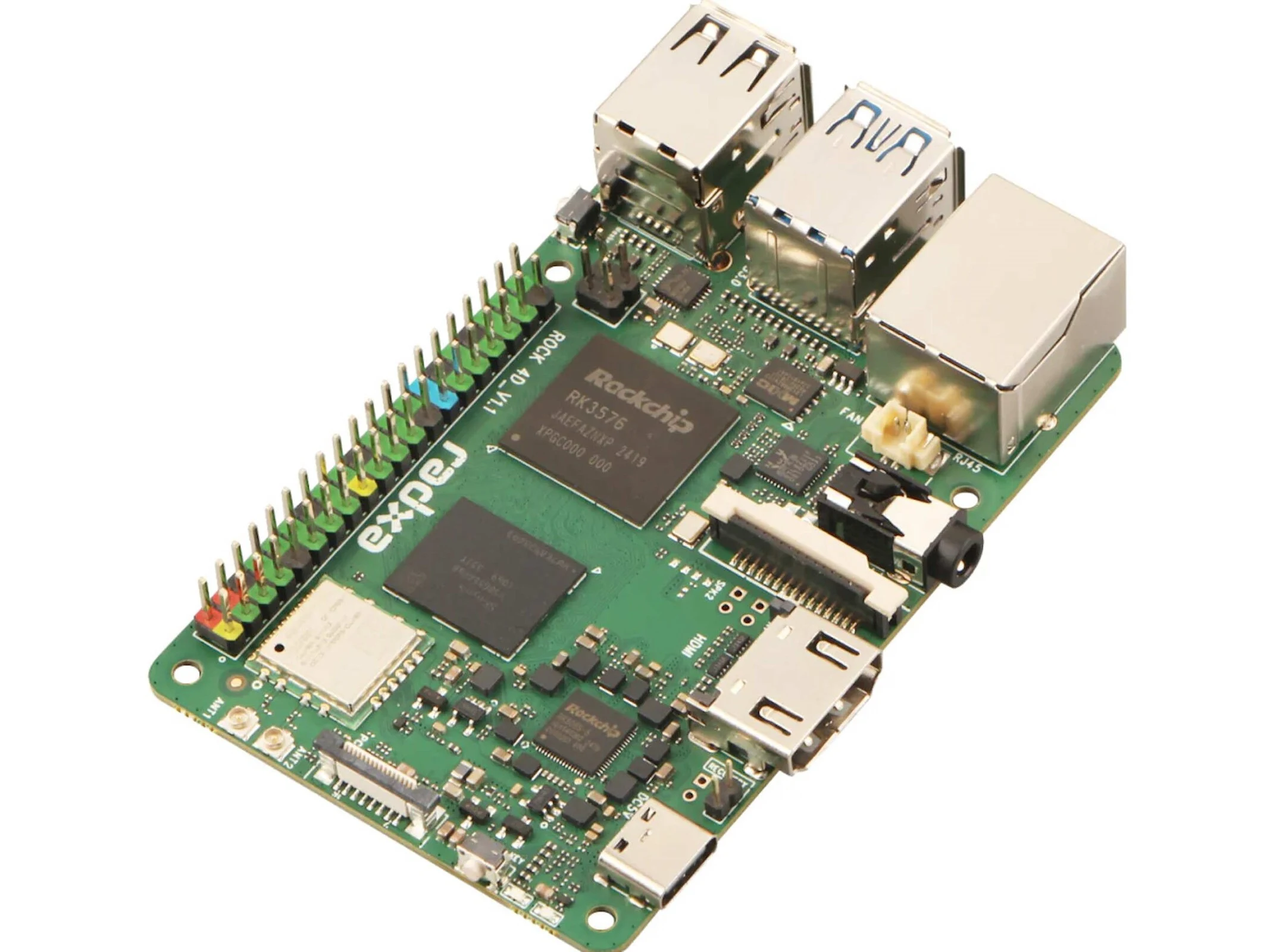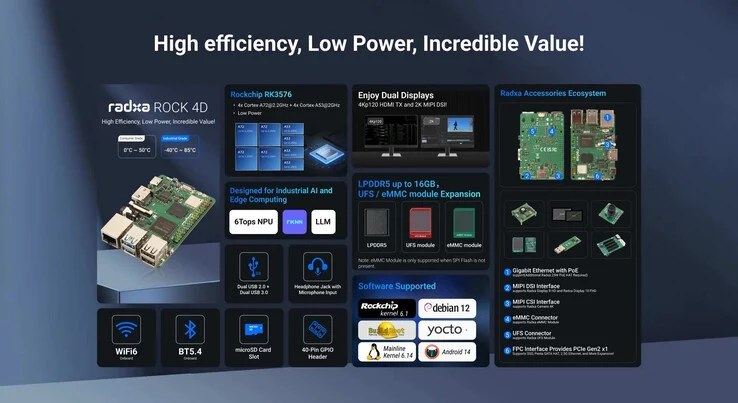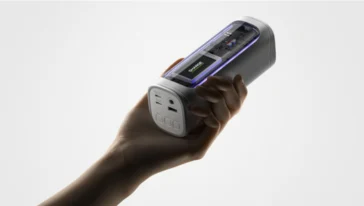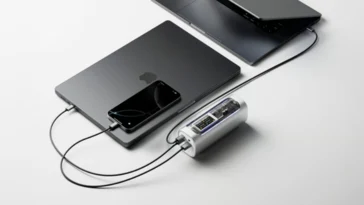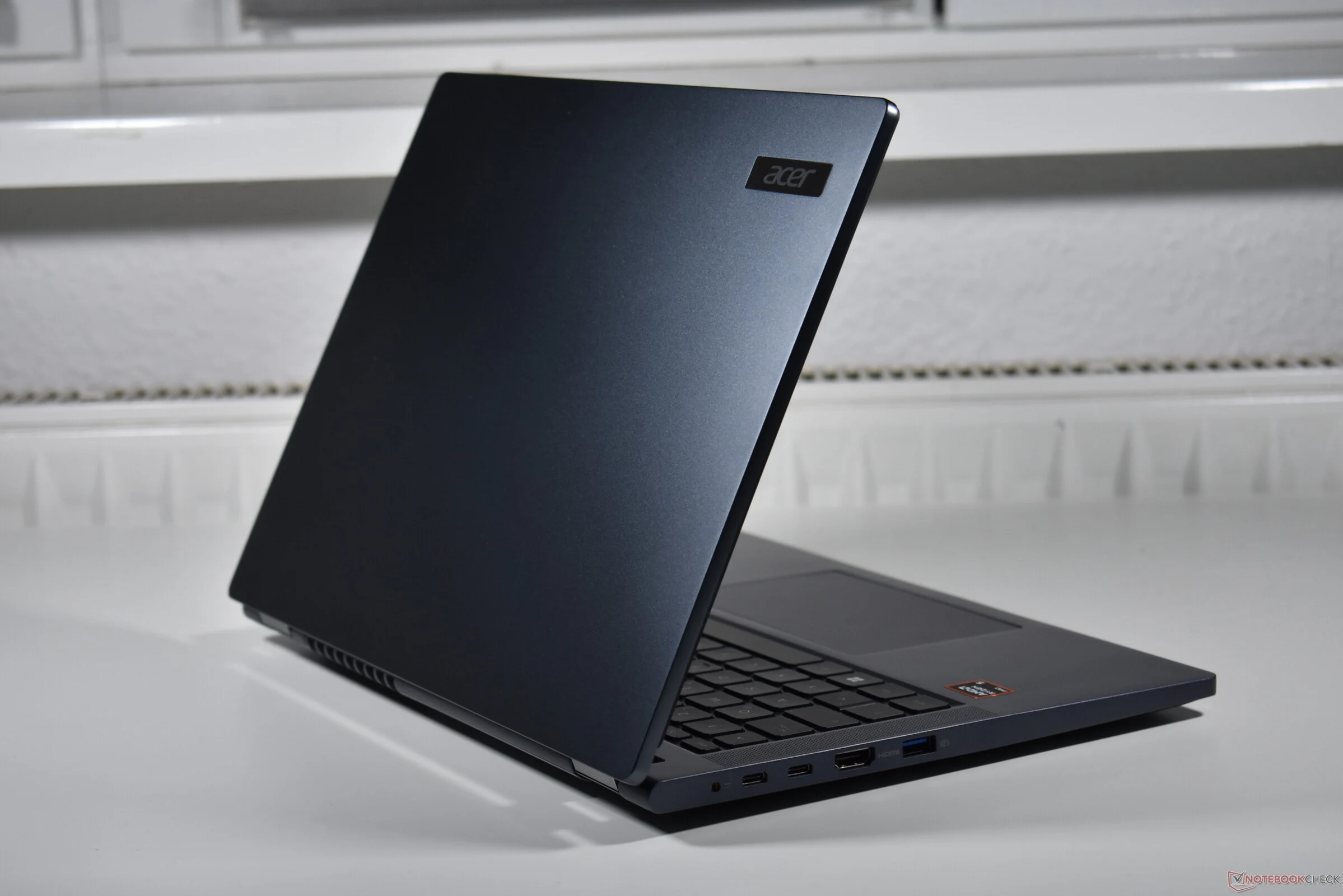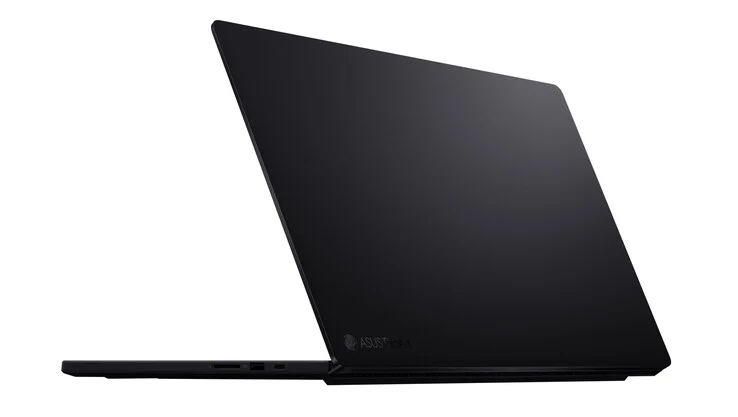Key Takeaways
1. Design and Launch: The Xiaomi YU7, a luxury performance SUV, features design elements from the SU7 sedan and will be launched in July in China.
2. Competitive Pricing: The YU7 is priced around $35,000, making it slightly cheaper than the Tesla Model Y while offering superior specifications.
3. Performance and Battery: The YU7 boasts the largest battery in its class (up to 101.7 kWh) and outperforms the Model Y in charging speed and range, with the Standard RWD version achieving 518 miles on a single charge.
4. Acceleration and Features: The powerful YU7 Max variant accelerates from 0 to 60 mph in just 3.2 seconds and includes advanced features like air suspension and a HUD projection for the driver’s display.
5. Self-Driving Technology: The YU7 will utilize a specialized Nvidia Thor chip for self-driving capabilities, with more details to be revealed closer to its release.
After revealing the design and interior of its very first electric SUV, Xiaomi has introduced the YU7 crossover, which aims to compete directly with the Tesla Model Y.
Design and Features
Called a “luxury performance SUV,” the Xiaomi YU7 borrows design elements from its SU7 sedan predecessor, highlighting distinctive headlights and sleek body lines.
Xiaomi plans to launch the YU7 in July, making it available for purchase to the public in China.
Competitive Pricing
The pricing is set to be quite attractive, as the company’s founder and CEO Lei Jun has built a strong reputation as an entrepreneur, often being compared to Elon Musk of China due to his dedication and affordable products, like the Redmi phone and smartwatch series.
For example, the Redmi Watch 5 costs less than $50 on Amazon, offering an impressive 18 days of battery life, over 140 workout modes, and Bluetooth calling with dual-mic noise cancellation.
The Xiaomi YU7 will reportedly start at around $35,000, slightly under the Model Y in China, while outperforming it in various specifications.
Performance and Specifications
As anticipated from a contemporary electric SUV from a Chinese brand, the Xiaomi YU7 outshines the Model Y in charging speed by a factor of two, thanks to its 800V powertrain. However, that’s not the only area where it surpasses Tesla’s popular model.
The YU7 features a much bigger, 96.3 kWh LFP battery for both the Standard RWD and Pro AWD variants, while the top-tier Max version includes a performance ternary battery with a capacity of 101.7 kWh. Lei Jun has stated that the YU7 holds the title of the largest battery in its class, all while being priced competitively.
Moreover, the Xiaomi YU7 provides a longer range on a single charge compared to the Tesla Model Y, with the Standard RWD version boasting an impressive 518 miles. In contrast, the single-motor Model Y is rated for only 446 miles according to China’s CLTC cycle, as it has a smaller battery.
The CLTC rating is about 25% more generous than the EPA rating, so a range of 390 miles is a more accurate comparison, which would still exceed the Model Y RWD available in the US. Similarly, the YU7 Pro dual-motor AWD version is rated for 479 miles per charge, while the YU7 Max is equivalent to the Model Y Performance trim.
Acceleration and Interior Features
The powerful 690 HP Xiaomi YU7 Max matches the anticipated performance of the 2026 Model Y Performance, accelerating from 0 to 60 mph in just 3.2 seconds, comparable to the new Performance trim that has recently been spotted on a racetrack.
Additionally, the first Xiaomi SUV is larger than the Model Y and comes equipped with air suspension for enhanced comfort. Inside, the company has eliminated traditional gauge cluster displays, opting for a HUD projection that spans the entire driver’s field of view.
The self-driving capabilities are managed by a specialized Nvidia Thor chip with 700 TOPS performance. Xiaomi has indicated that they will disclose the full capabilities of the YU7 as the July release date approaches, along with the final pricing for the Standard, Pro, and Max trims.
Source:
Link
